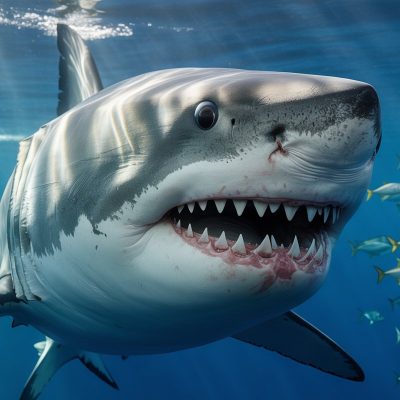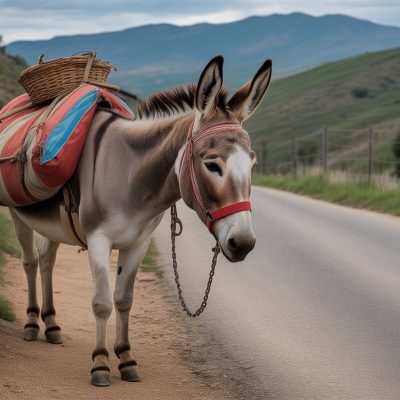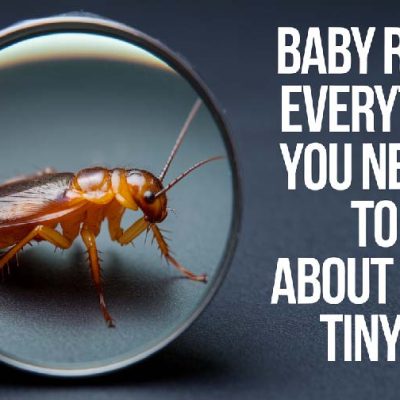Have you ever wondered what makes a bear’s teeth so powerful and diverse? From cracking bones to chomping berries, these rugged dental tools are anything but ordinary. This article dives deep into the fascinating world of bear teeth—what they look like, how they function, how they differ by species, and even how scientists use them to study bear behavior and health.
Let’s embark on a wild journey—into the jaws of some of Earth’s most iconic animals.
What Makes Bear Teeth So Special?
Bear teeth are nature’s ultimate multitools—built to tear, crush, slice, and grind with remarkable versatility.Unlike lions or wolves, which are strict carnivores, bears eat just about everything. This omnivorous diet means their teeth must be adaptable—capable of slicing meat, crunching nuts, and grinding plants.
Imagine trying to cut a steak, peel an apple, and crush a walnut all with one tool. That’s the daily grind for a bear’s teeth—handling everything from tender berries to tough bone.
Types of Teeth Found in Bears
Just like humans, bears have several kinds of teeth—each serving a unique purpose. Let’s break them down:
Incisors: The Frontline Tools
These are the tiny front teeth positioned at the edge of the jaw, perfect for delicate nibbles and precise bites.Bears use them to scrape meat off bones or nibble at berries. While not particularly sharp, they’re handy for delicate work.
Canines: The Weapons of Strength
Now we’re getting into the impressive stuff. A bear’s canines can reach an impressive 2.5 inches in length—like natural daggers designed for power and precision.These dagger-like tools are used for defense, asserting dominance, and occasionally taking down prey.
Premolars and Molars: The Grinders
Tucked at the rear of the jaw, these broad, flat-topped teeth are built for crushing tough roots, grinding nuts, and mashing fibrous plants. In herbivorous species like the giant panda, these are especially well-developed for munching on bamboo.
Bear Teeth by Species: A Closer Look
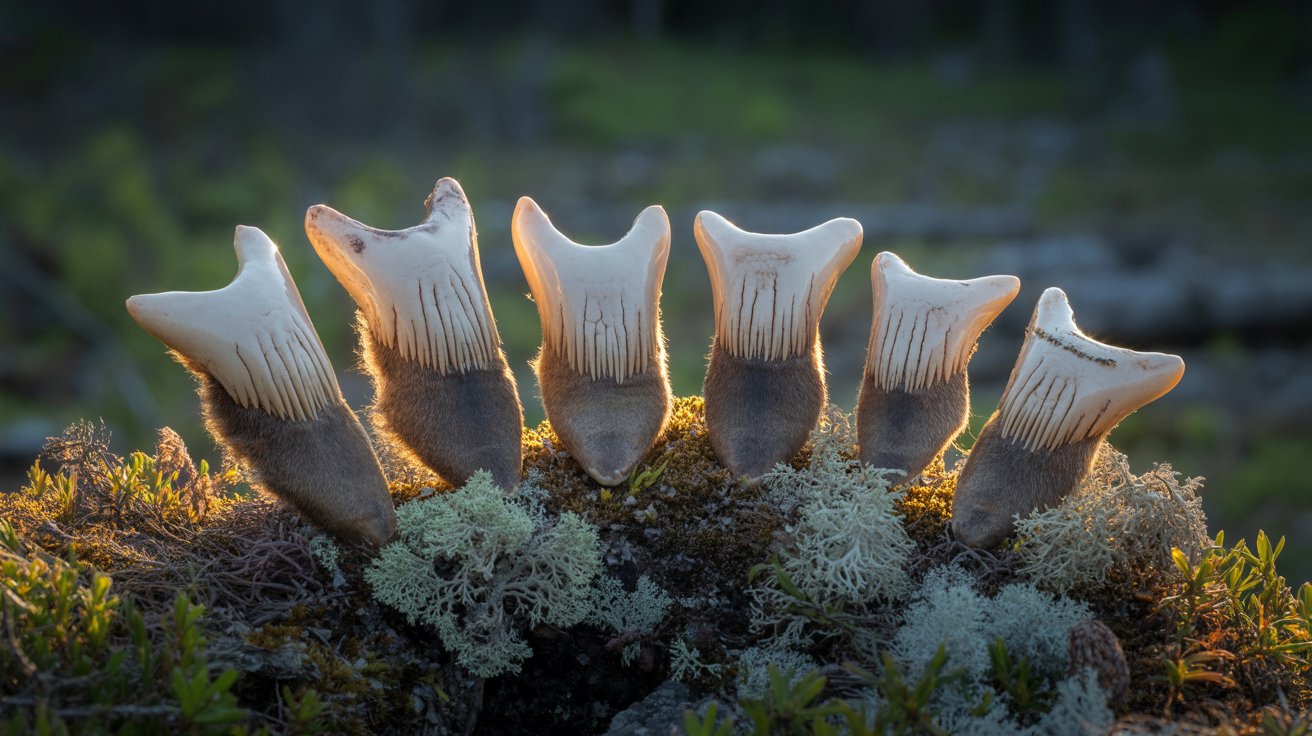
Not all bears are built the same. Their teeth reflect their diets, and each species brings something unique to the table—literally.
Grizzly Bear (Brown Bear)
Grizzlies eat everything from salmon to seeds. Their molars are broad and flat for plant matter, but their canines are still long and sharp—ready for the occasional meat feast.
Polar Bear
These Arctic giants are almost entirely carnivorous. Their sharp canines are essential for tearing through seal flesh, and they have fewer molars compared to other species.
Black Bear
North American black bears are omnivores. Their teeth are well-rounded: strong canines for occasional meat, flat molars for plants and fruits.
Giant Panda
Although classified as a bear, the panda survives almost entirely on bamboo—making up about 99% of its diet.Their molars are massive and flat, perfect for grinding woody stalks. Their canines look fierce—but are rarely used for anything but breaking thick shoots.
Sloth Bear
These bears are specialists. Their diet consists mostly of insects like termites. They actually lack upper incisors to create a vacuum-like gap to suck up bugs more effectively!
The Life Cycle of a Bear’s Teeth
Bears, like us, are born with baby teeth. Over time, these are replaced by a permanent set—usually complete by about age 2. Here’s how the dental journey plays out:
-
Cub Stage: Bears start with milk teeth, used to begin exploring solid foods.
-
Juvenile Stage: By 12–18 months, permanent teeth begin to emerge.
-
Adult Stage: By age 2, most bears have a full adult set—around 42 teeth in total.
-
Old Age: Worn or broken teeth become common in older bears, impacting diet and health.
Dental Clues: What Teeth Reveal About a Bear’s Life
You can tell a lot about a bear just by looking at its teeth. Wildlife biologists often use teeth to:
-
Estimate Age: By slicing a canine and counting cementum rings (like tree rings), scientists can determine how old a bear is.
-
Evaluate Health: Worn or broken teeth can indicate malnutrition or old age.
-
Understand Diet: Stained or decayed teeth may hint at a diet heavy in sugary fruits—or human garbage.
Bear Teeth in Defense and Communication
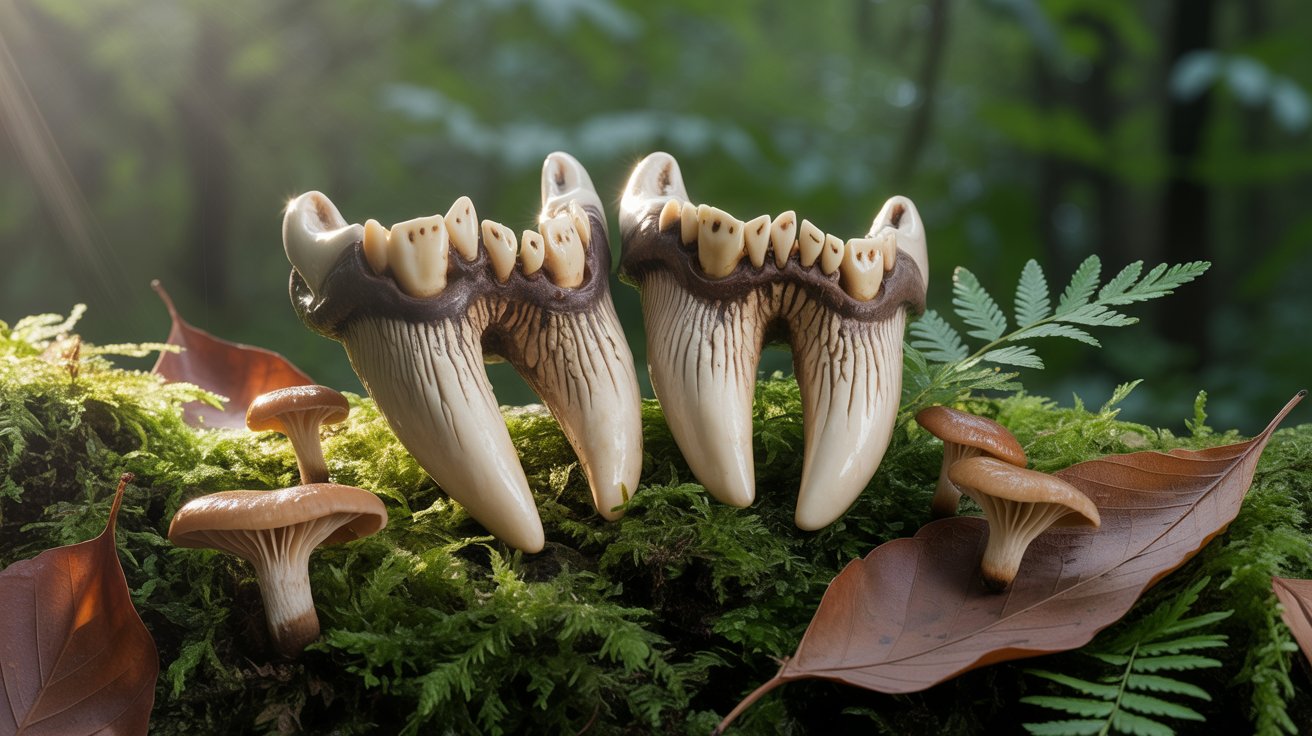
We often picture bears showing their teeth when they growl or roar. But is it just aggression? Not always.
-
Display of Power: Showing teeth can intimidate rivals or threats.
-
Social Signals: Among bears, flashing teeth may also be part of establishing hierarchy without resorting to actual fights.
Their teeth aren’t just tools—they’re part of the bear’s personality, too.
The Role of Teeth in Hibernation
You might think teeth become useless during hibernation. But actually, they still matter:
-
Pre-Hibernation: Bears eat constantly to build fat reserves. Teeth do heavy-duty work during this time.
-
During Hibernation: While they don’t eat, bears sometimes gnaw on things in their dens. Healthy teeth can mean better survival during these lean months.
Threats to Bear Teeth in the Wild
Like humans, bears can face dental issues. Here are some common challenges:
-
Tooth Decay: Especially common in bears that scavenge from human food waste.
-
Tooth Breakage: Occurs when chewing bones, ice, or hard nuts.
-
Infections: Untreated breaks can lead to abscesses, affecting the bear’s overall health.
In wildlife sanctuaries or zoos, dental care is a serious part of animal welfare. In the wild, damaged or decaying teeth can mean the difference between survival and starvation.
Bear Teeth in Paleontology: A Window to the Past
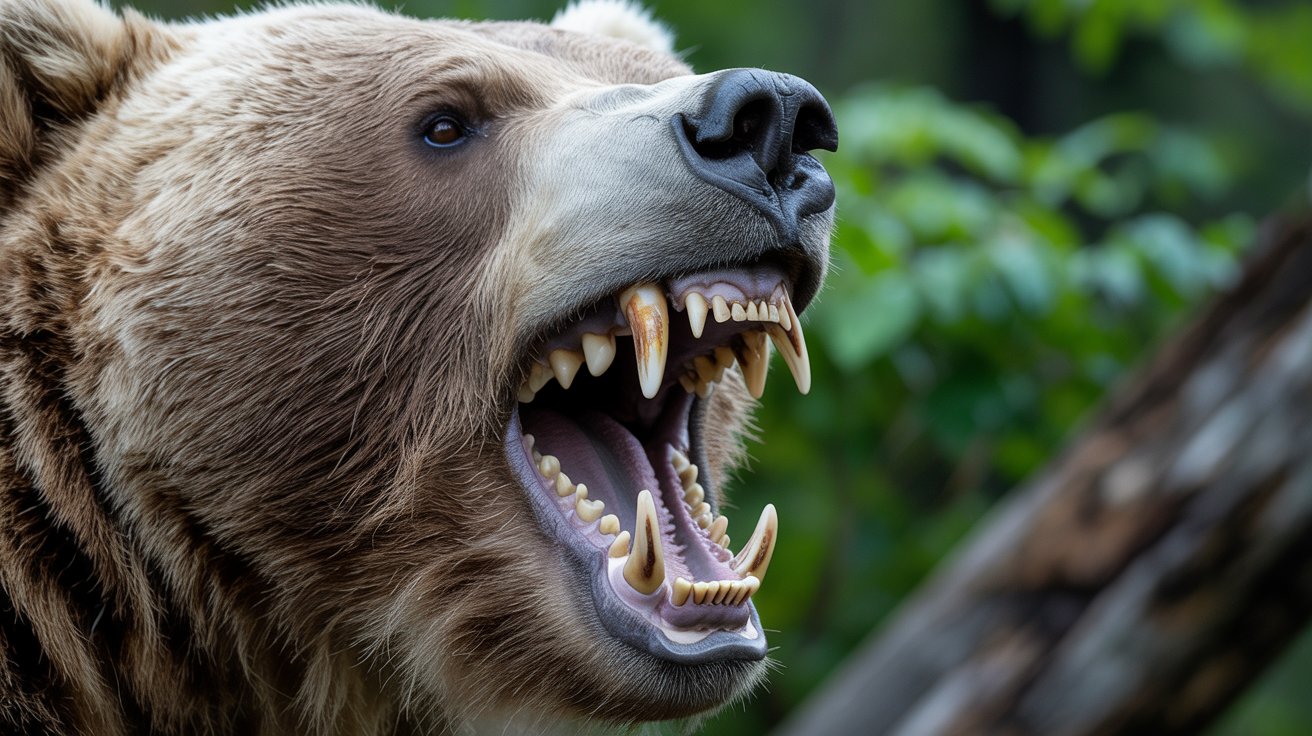
Fossilized bear teeth help scientists piece together ancient ecosystems. They provide clues about:
-
Climate: What types of food were available?
-
Diet Changes: Some extinct bear species were more carnivorous or herbivorous than modern ones.
-
Evolution: Bear teeth have changed dramatically over millions of years—adapting to new diets and environments.
How Bear Teeth Compare to Other Animals
So how do bear teeth measure up? Let’s compare:
| Animal | Diet Type | Canine Length | Tooth Function |
|---|---|---|---|
| Bear | Omnivore | Up to 2.5″ | All-purpose |
| Tiger | Carnivore | Up to 3″ | Meat tearing |
| Cow | Herbivore | None | Grass grinding |
| Wolf | Carnivore | ~2″ | Meat tearing |
| Chimpanzee | Omnivore | ~1.5″ | Display, minor defense |
Bears are somewhere in the middle—a bit of everything, which is exactly what makes their teeth so unique.
Bear Teeth and Conservation Efforts
Did you know poachers sometimes target bear teeth for use in traditional crafts or medicine? It’s tragic, but real.
-
Illegal Trade: Bear teeth are sometimes sold as amulets or jewelry.
-
Cultural Use: In some cultures, they symbolize strength or spiritual protection.
-
Conservation Response: Laws now protect most bear species, and there are efforts to curb illegal trade in wildlife parts.
Awareness is key. Understanding the role and importance of bear teeth helps protect the animals themselves.
FAQs About Bear Teeth
1. How many teeth does a bear have?
Most adult bears have 42 teeth, including incisors, canines, premolars, and molars.
2. Can bears get cavities like humans?
Yes, especially if they consume sugary foods, like berries or human garbage. Wild bears usually have healthier diets, but problems can still occur.
3. Why do polar bears have fewer molars than other bears?
Because their diet is almost entirely meat, they don’t need the flat molars used for grinding plants.
4. Do baby bears have teeth when they’re born?
No, cubs are born toothless. Their baby teeth begin to emerge a few weeks after birth.
5. Can scientists really tell a bear’s age by its teeth?
Absolutely. By slicing a tooth and counting the growth layers inside, experts can accurately estimate a bear’s age.
Final Thoughts: More Than Just a Bite
Bear teeth are more than tools—they’re an evolutionary masterpiece. They reflect diet, behavior, survival strategies, and even cultural significance. From towering polar bears to gentle pandas, each species’ teeth tell a unique story.
So next time you see a photo of a bear mid-roar, look closely. Behind the snarl lies an entire tale—etched in enamel.








